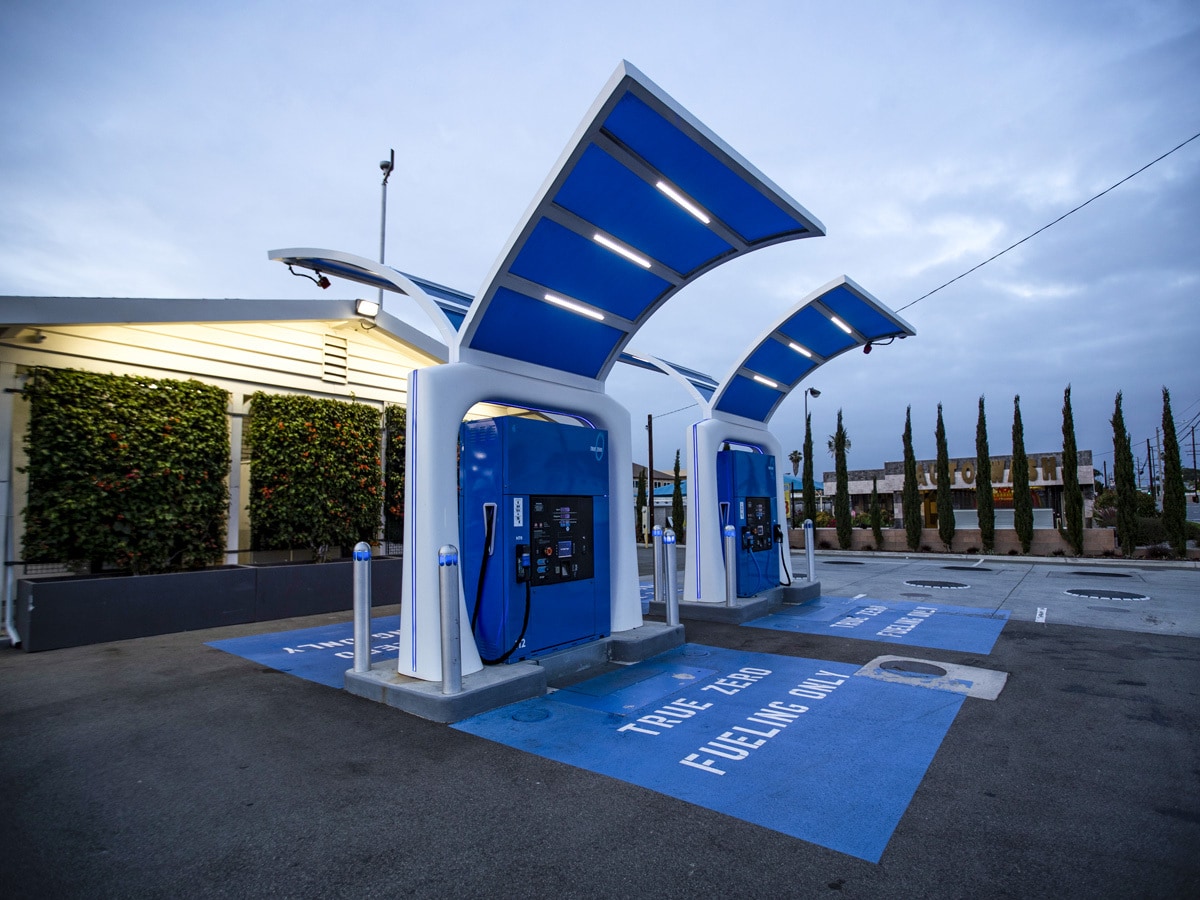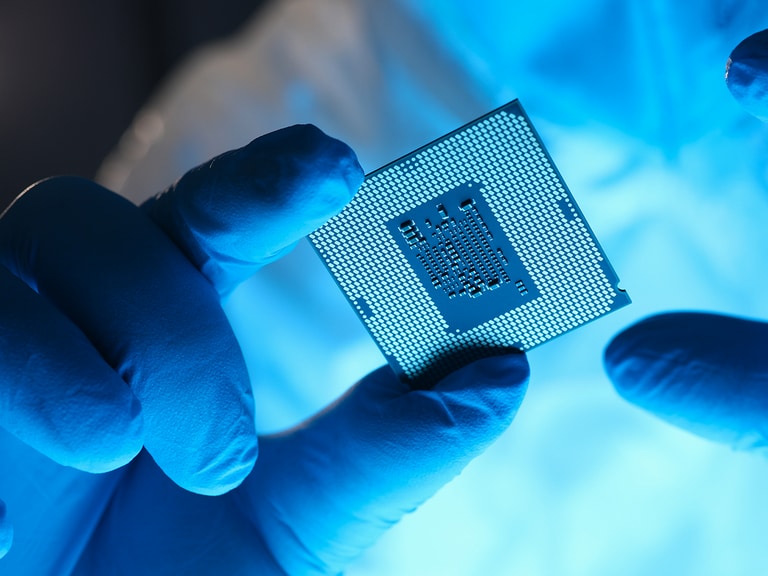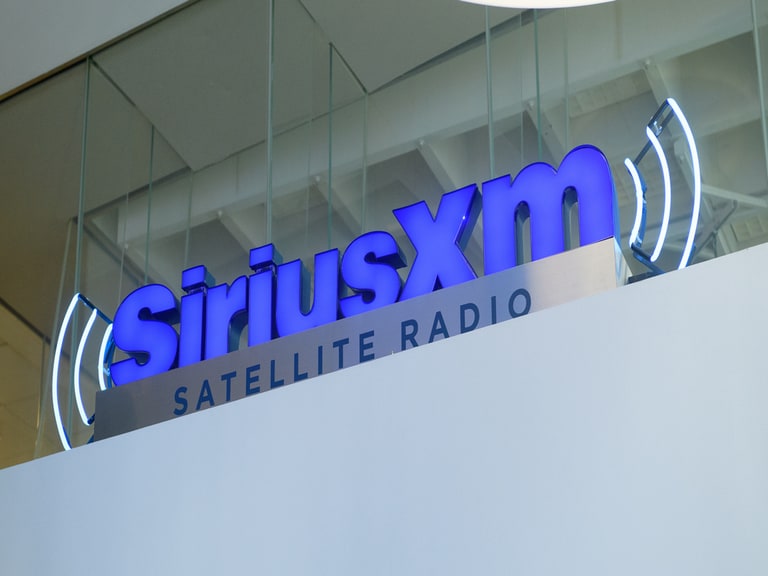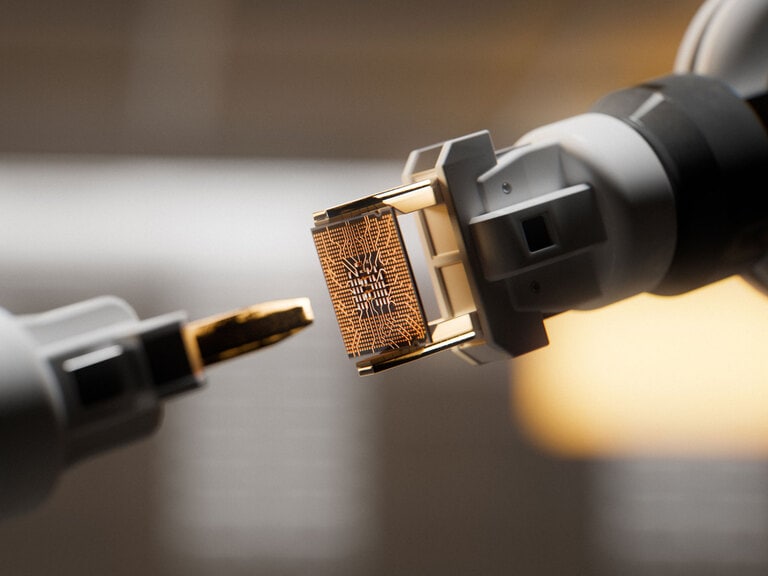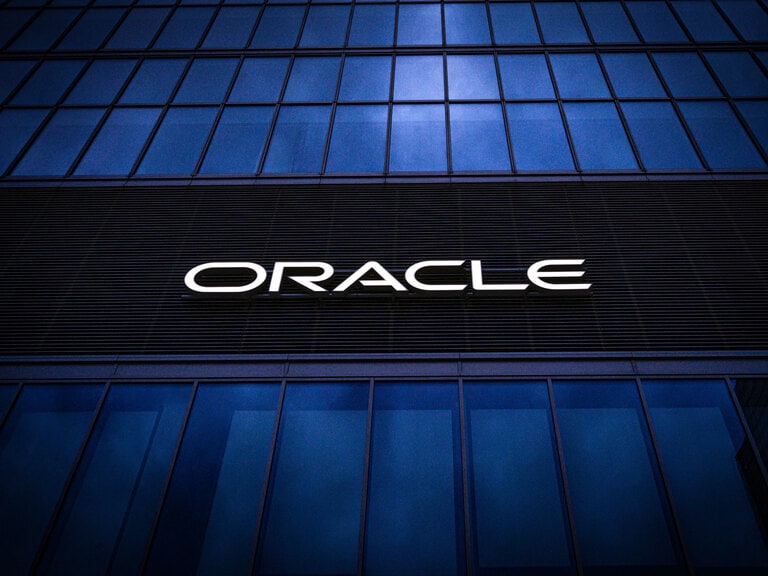Hydrogen is often touted as a renewable fuel, but the standard production method uses fossil fuels. Electrolysis, a process that splits water into hydrogen and oxygen, is much more efficient, and could even lead to low-to-no greenhouse gas emissions.
- The International Energy Agency has forecast that global electrolyser capacity for hydrogen production could hit 420 GW by 2030, from 2 GW this year.
- Financial supports, such as that made through the European Hydrogen Bank, will be key to hitting this target.
- How to invest in hydrogen: the Defiance Next Gen H2 ETF is down 28% in the past six months.
Rising energy costs and lagging policies are weighing on hydrogen’s investment case, and could put the transition to green hydrogen at risk.
This was a warning issued by the International Energy Agency (IEA) last week in its annual Global Hydrogen Review, which found that low-emissions hydrogen accounts for less than 1% of global hydrogen production.
“Greater progress is needed on technology, regulation and demand creation to ensure low-emissions hydrogen can realise its full potential,” said IEA executive director Fatih Birol in a statement.
The energy body has forecast that annual low-emission hydrogen production could hit 38 million tonnes by the start of the next decade. This is assuming that all of the electrolyser projects announced so far are delivered on time.
Electrolyser capacity for hydrogen production could exceed 2 GW by the end of 2023, triple 2022’s level. Indeed, capacity could potentially hit 420 GW by 2030, a 75% increase on last year’s predictions.
In order for current projects to be completed and for firms to be incentivised to invest in new projects, government funding — like the US Clean Hydrogen Production Tax Credit and the EU’s Projects of Common European Interest — will be critical.
Europe’s Hydrogen Electrolyser Players
The use of electrolysis to produce hydrogen is still in its nascent stage, according to Samuel Laval and Marine Brunier of the Climate Chance Observatory. Here are some of the European hydrogen players that have made electrolyser-related announcements this year.
Major industrial gas supplier Linde [LIN] inked a deal back in April to open Singapore’s largest-ever electrolyser. The German gas producer will supply chemicals company Evonik [EVK.DE], which will convert the hydrogen into methionine, an important component in animal feed. The electrolyser is set to come online next year.
French industrial gas supplier Air Liquide [AI.PA] announced a €400m investment in the construction of an electrolyser in Normandy, France earlier this month, which it is hoped will play a role in decarbonising the region’s industrial basin. TotalEnergies [TTE.PA] will supply renewable electricity to power the electrolyser.
Siemens Energy [ENR.PA] agreed in March to provide Danish energy firm Ørsted [ORSTED.CO] with four electrolysers for Europe’s largest production facility for carbon-neutral marine fuels in north-eastern Sweden.
“Without hydrogen or alternative fuels such as e-methanol, there will be no energy transition. We need to ramp up these novel industries as quickly as possible,” said Anne-Laure de Chammard, a member of Siemen Energy’s board, in a press release.
Funding Will Be Critical for European Growth
Recognising the role hydrogen will play in the transition to net-zero carbon emissions, the European Commission launched the European Hydrogen Bank in March this year.
The bloc wants to reach 20 million tonnes of renewable hydrogen capacity by 2030, half of which it hopes will be produced in Europe itself. But, to achieve this target, investment totalling between €335–471bn may be required.
“The European Hydrogen Bank will establish a full hydrogen value chain in the EU,” said Kadri Simson, the EU Commissioner for Energy.
The first auction is earmarked for the end of November — €800m will be offered to hydrogen producers in the form of fixed premium per kilo of renewable hydrogen over the course of 10 years of operation.
A fixed premium could help to lower the cost of hydrogen production in the long term. All eyes will be on the details of the fixed premium; it’ll likely have to at least match the US offer of $3 per kilo promised under the Inflation Reduction Act.
Staving Off the Threat of the US and China
The IEA has forecast that China will be responsible for half of the world’s electrolyser capacity by the end of this year. The country could also become a major player on the electrolyser manufacturing front; Chinese-made electrolysers are already being installed in Europe, according to letter sent by an industry coalition to EU President Ursula von der Leyen back in January.
EU money should be invested in the European hydrogen electrolyser manufacturing industry and not spent overseas, warned the coalition. The bloc’s Sovereignty Fund and Hydrogen Bank need to support the development of the industry to stave off the threat of “non-European-based competitors”.
“The stipulations on ‘buy American’ in the IRA, coupled with China’s known policies to promote state entities, squeezes European manufacturers from both ends,” argued the coalition.
Building the Infrastructure to Supply Hydrogen
Using electrolysis to produce hydrogen is all well and good, but people across Europe will need to be able to access it. Fortunately, the continent is taking the lead when it comes to pipelines, both onshore and offshore.
For example, the H2Med pipeline is set to transport hydrogen up from the Iberian Peninsula. France, Portugal and Spain signed up at the end of 2022 and Germany came on board early this year. It’s expected to be operational by 2030 and should meet 10% of the bloc’s energy transportation demands.
The European Hydrogen Backbone initiative, a group of 32 energy infrastructure operators, is working to ensure future security of supply and demand through existing and new pipelines.
How to Invest in Hydrogen
ETFs, or exchange-traded funds, offer an economical and diversified way to invest in a variety of stocks within a particular theme.
Funds in Focus: the Defiance Next Gen H2 ETF
The Defiance Next Gen H2 ETF [HDRO], which holds Air Liquide and Linde, has allocated 60.2% of its portfolio to hydrogen fuel cells as of 30 June. Hydrogen production (20.6%) and hydrogen tech and fuelling stations (10.3%) account for the rest of the sub-sector breakdown. The fund is down 29.5% in the past year and down 28% in the past six months.
The Global X Hydrogen ETF [HYDR], which holds Linde, has allocated 82% of its portfolio to the industrials sector and 11.3% to consumer discretionary, as of 31 August. Materials and information technology (IT) have weightings of 5.4% and 1.3% respectively. The fund is down 33.6% in the past year and down 27.6% in the past six months.
The L&G Hydrogen Economy UCITS ETF [HTWO.L], which holds Air Liquide and Linde, has allocated 45% of its portfolio to industrials, 35% to materials and 11.4% to consumer discretionary. IT and utilities have weightings of 5% and 3.6% respectively. The fund is down 6.9% in the past year and down 9.8% in the past six months.
Continue reading for FREE
- Includes free newsletter updates, unsubscribe anytime. Privacy policy

